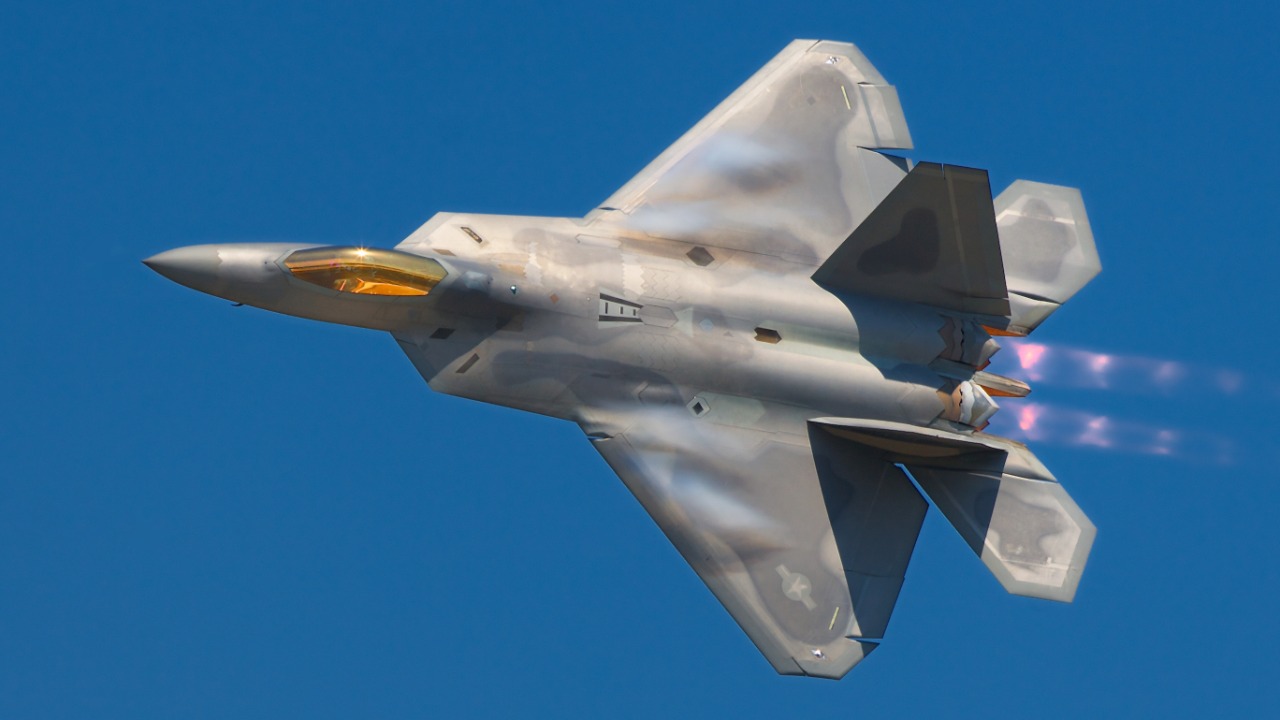
In the realm of modern aerial warfare, the J-20 Mighty Dragon and the F-22 Raptor Stealth Fighter stand as two of the world’s most advanced and formidable stealth fighter jets. We delve into an in-depth examination of their capabilities, performance, and strategic implications.
Overview of the J-20 Mighty Dragon and F-22 Raptor Stealth Fighter
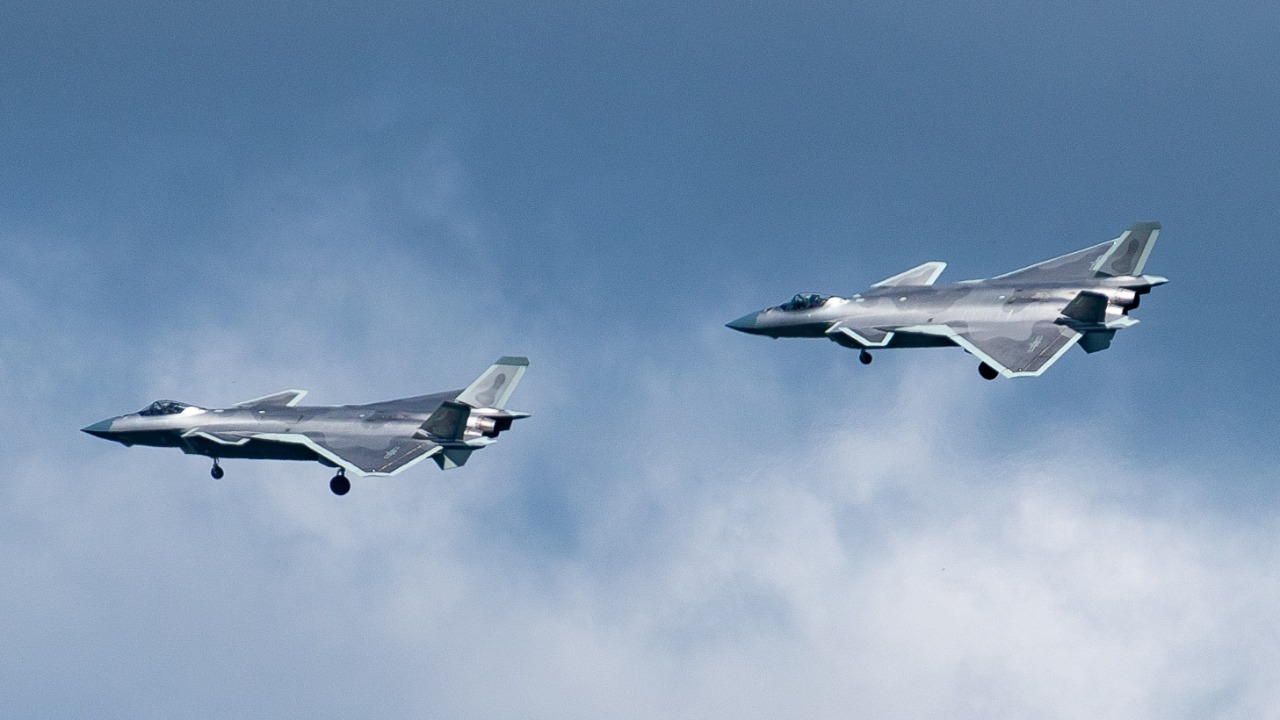
The J-20 Mighty Dragon, developed by China’s Chengdu Aerospace Corporation, is the result of China’s extensive investment in stealth technology. It first took flight in 2011 and entered service in 2017. This twin-engine, all-weather, stealth, fifth-generation fighter aircraft is part of China’s plans to modernize its armed forces.
On the other hand, the F-22 Raptor, developed by Lockheed Martin and Boeing, is widely regarded as the most technologically advanced fighter jet in the world. It first saw action in 2005, following nearly two decades of development. This single-seat, twin-engine, all-weather stealth tactical fighter was designed primarily as an air superiority fighter, but it also has ground attack, electronic warfare, and signal intelligence capabilities.
In terms of general specifications, the J-20 is slightly larger than the F-22, potentially offering a larger payload. However, the F-22 is renowned for its supercruise capability – the ability to maintain supersonic flight without the use of afterburners – which the J-20 reportedly lacks.
Technological Capabilities
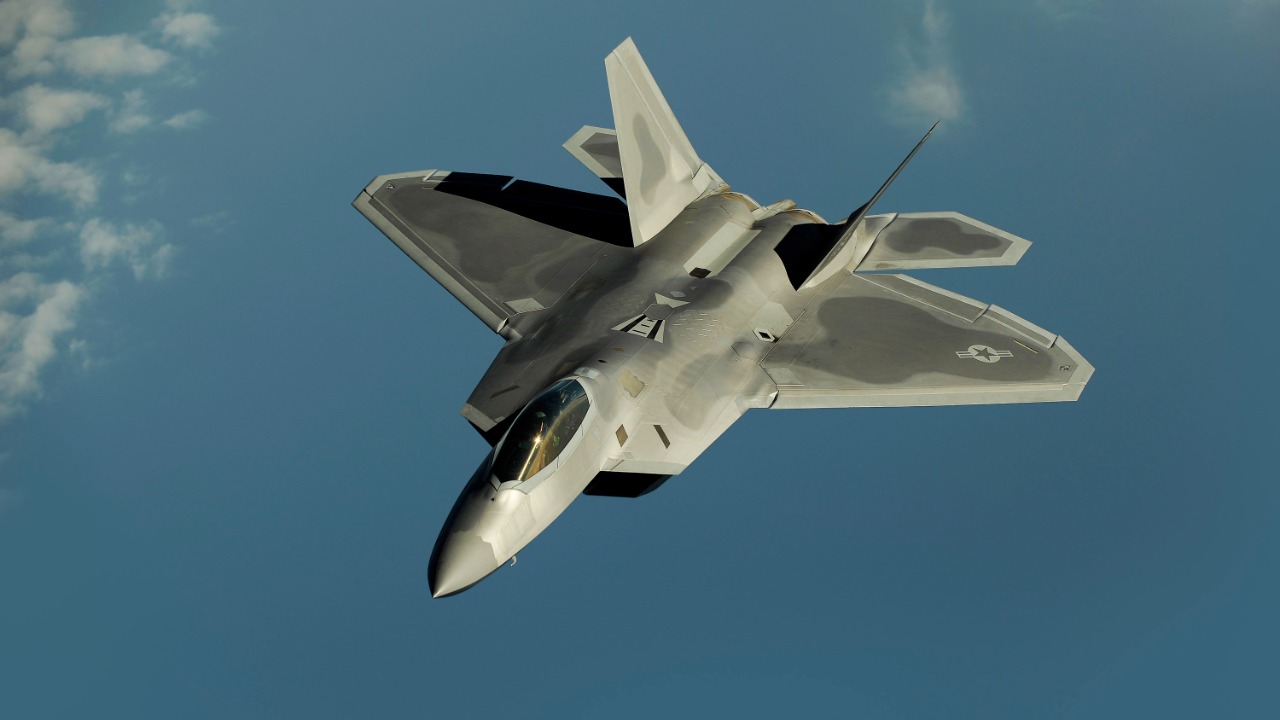
The J-20’s technological features include stealth technology, advanced radar systems, and impressive weapons capabilities. Its stealth design includes radar-absorbent material and a shape that deflects radar signals. Moreover, the J-20’s radar system is capable of detecting and tracking multiple targets at long ranges.
Conversely, the F-22’s technological prowess is equally commendable. Its stealth technology is widely regarded as superior, featuring a combination of a low-observable, highly maneuverable airframe, advanced integrated avionics, and high-performance engines. Its radar system is capable of identifying threats at greater distances and with more precision than the J-20.
While both jets are equipped with cutting-edge technology, the F-22’s superior stealth capabilities and advanced radar system give it a slight edge over the J-20.
Performance in Combat Situations
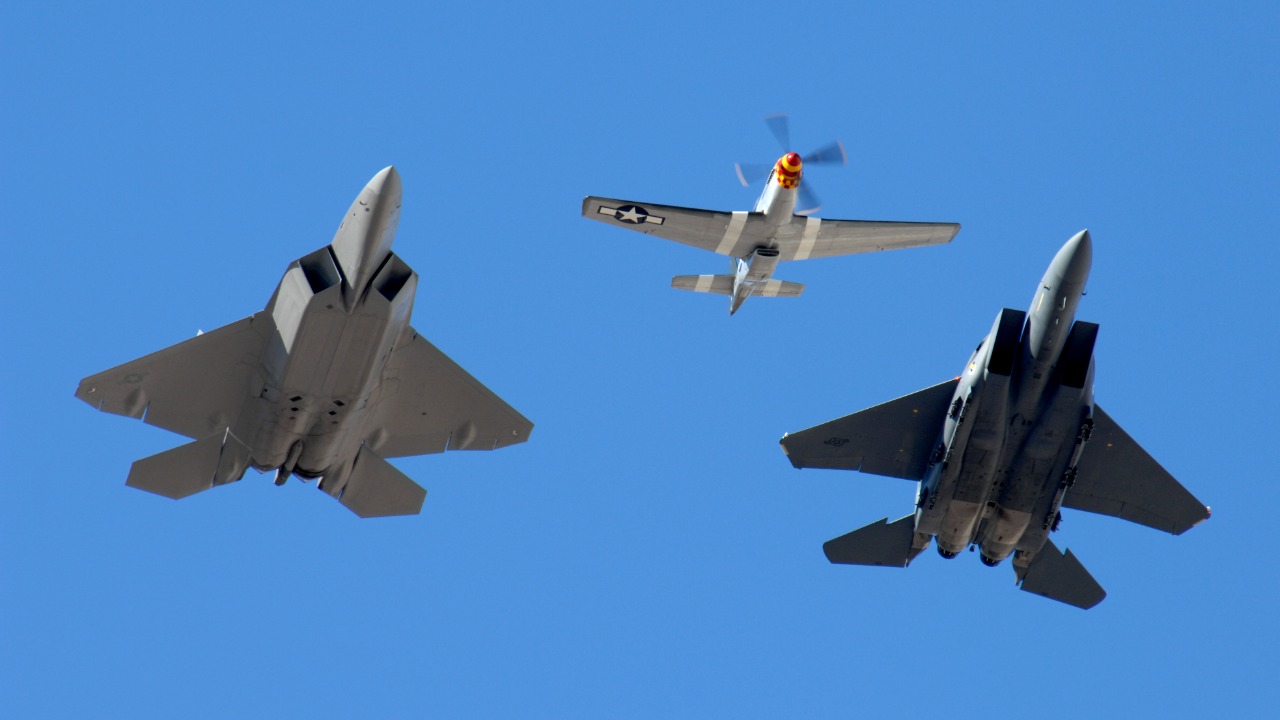
The J-20’s design and features suggest it would perform well in various combat situations. Its stealth technology and advanced radar systems, coupled with its long-range air-to-air missiles, make the J-20 a formidable adversary in aerial combat.
The F-22, meanwhile, has been designed for air dominance. Its stealth features, supercruise capabilities, and advanced avionics make it a highly-capable dogfighter. Furthermore, its superior maneuverability and thrust vectoring allow the F-22 to engage adversaries at close range, even if they manage to get past its long-range defenses.
Despite their different design philosophies, both the J-20 and F-22 are highly capable and lethal in their respective combat roles.
Strategic Implications
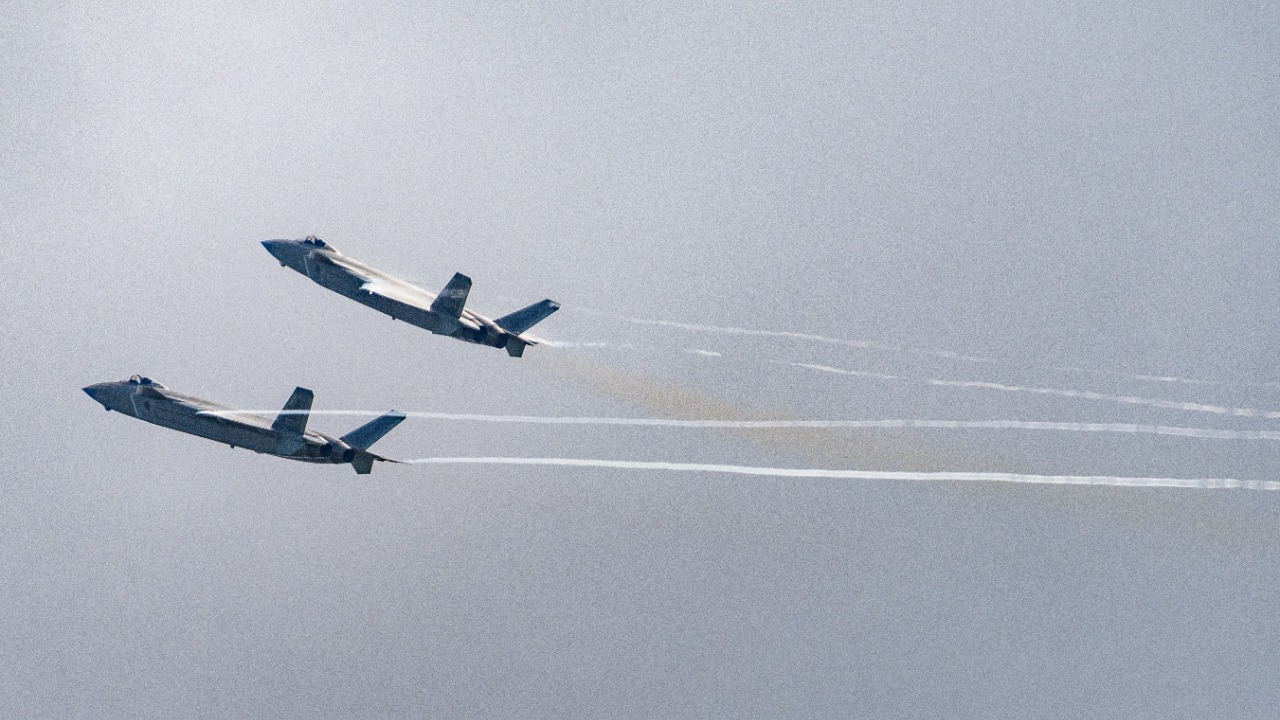
The development and deployment of the J-20 provide China with a much-needed boost in its military capabilities. It serves as a deterrent against potential adversaries and enhances China’s ability to protect its interests in the region.
For the U.S., the F-22 remains a key component of its military strategy. The Raptor’s superior capabilities enable the U.S. to maintain air superiority and exert influence globally. Despite its high costs, the F-22 continues to be a crucial element in preserving the balance of military power.
In the grand scheme of global military balance, both the J-20 and F-22 play pivotal roles in their respective militaries.
The Verdict: J-20 vs. F-22
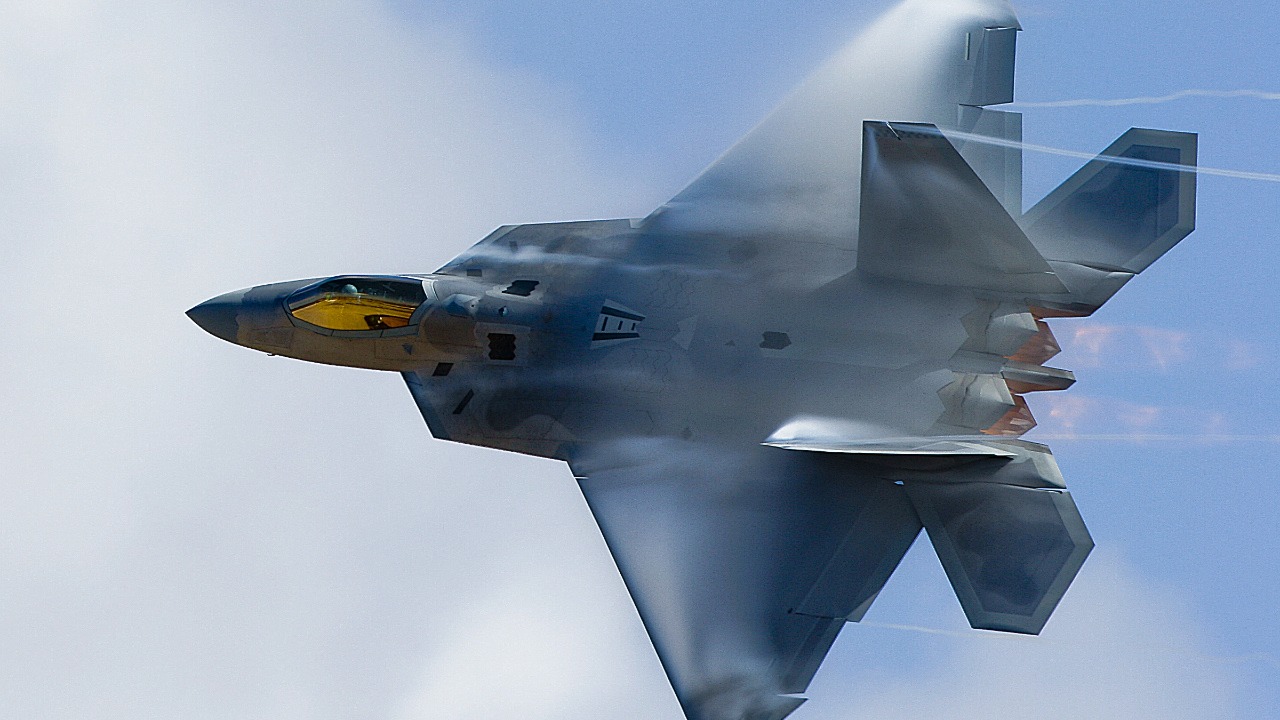
After careful analysis, the comparison can be summed up in two words: “Technological Supremacy”. These words encapsulate the essence of the competition between the J-20 and F-22, with both jets embodying the pinnacle of their respective nation’s technological prowess.
However, one must remember that a fighter’s effectiveness does not depend solely on its technology. Factors such as pilot skill, tactical doctrine, and logistical support also play crucial roles. Furthermore, the future may bring new developments and advancements for both aircraft, potentially altering the current balance of power.
For a more comprehensive comparison, you may refer to this source.